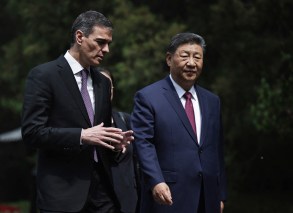
Napoleon has humbugged me, by God. He has gained 24 hours’ march on me!’ The Duke of Wellington’s exclamation was at least honest; he made only a show of calmness when told at the Duchess of Richmond’s ball on 15 June 1815 that the French were across the border. His reputation stood in the balance, along with the peace of Europe; yet by midnight on the 18th he had a famous victory to his name — ‘a battle of the first rank won by a captain of the second’, Victor Hugo would call it, trying to find some consolation in the complete French defeat at Waterloo. But before that battle of the first rank Wellington’s army — a part of it at least — would have to fight a battle of the second rank, at Les Quatre Bras astride the tactically important crossroads from which it derived its name. It was, however, a battle which if lost would almost certainly have spelled defeat on the ridge at Mont St Jean — if, indeed, Wellington had been able to stand there at all.
Quatre Bras was very much the overture, along with that of the Prussians on Wellington’s left, Ligny, during which the theatre — the battlefield of Waterloo — filled up before the real entertainment began. The battle lasted all afternoon of the 16th and early evening, with the left wing of Bonaparte’s army under Marshal Ney — le brave des braves — attacking in strength yet with uncharacteristic lack of resolution.
But then Ney, unlike his master, had felt the effect of Wellington’s concealing tactics in the Peninsula, where clever use of ground allowed the Duke, as it were, to produce cards from under the table.







Comments
Join the debate for just £1 a month
Be part of the conversation with other Spectator readers by getting your first three months for £3.
UNLOCK ACCESS Just £1 a monthAlready a subscriber? Log in